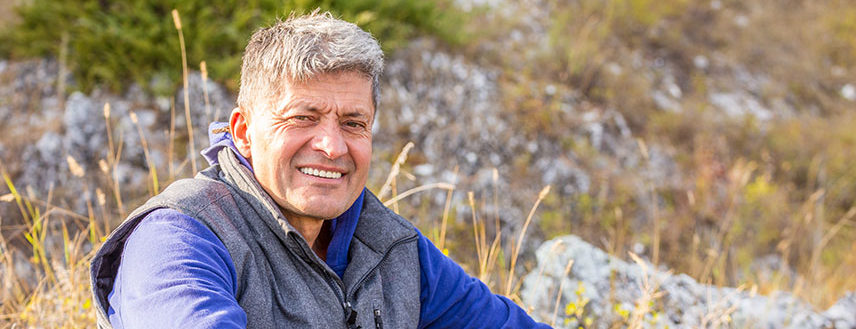
Bad news guys – osteoporosis isn’t just for women. It poses a significant threat to millions of men in the United States. Despite that staggering number, surveys suggest that the majority of men still view osteoporosis as a “woman’s disease.” Most men don’t even know what puts them at risk; let alone how to reduce that risk.
Osteoporosis is known as a silent disease – meaning many people don’t even know they have it until a fracture occurs. It develops less often in men because they have larger skeletons, so their bone loss starts later in life and progresses more slowly. But they are not exempt from this debilitating disease. Plus people are living longer, so osteoporosis is likely to become even more of an issue for men in the future.
Most women begin getting bone density tests when they go through menopause. However, without hormonal changes, men often aren’t tested and don’t know they have osteoporosis until there’s a fracture. Therefore, knowing the risk factors and how to reduce them are especially important.
Risk Factors for Osteoporosis in Men:
- Chronic diseases that affect the kidneys, lungs, stomach, and intestines or alter hormone levels.
- Regular use of certain medications, such as glucocorticoids.
- Undiagnosed low levels of testosterone.
- Unhealthy lifestyle habits: smoking, excessive alcohol use, low calcium intake, and inadequate physical exercise.
- Age. The older you are, the greater your risk.
- Race. Caucasian men appear to be at particularly high risk, but all men can develop this disease.
The best thing men can do is reduce their risk of developing osteoporosis by:
- Eating a balanced diet rich in essential nutrients.
- Exercising, particularly weight bearing exercise such as walking, jogging, tennis, tai chi or yoga. It will help maintain bone density and muscle strength as well as improve coordination and flexibility. All of this will reduce the risk of falls and fractures.

Leave a Reply